Manitoba Electrical Museum And Manitoba’s Electrical History
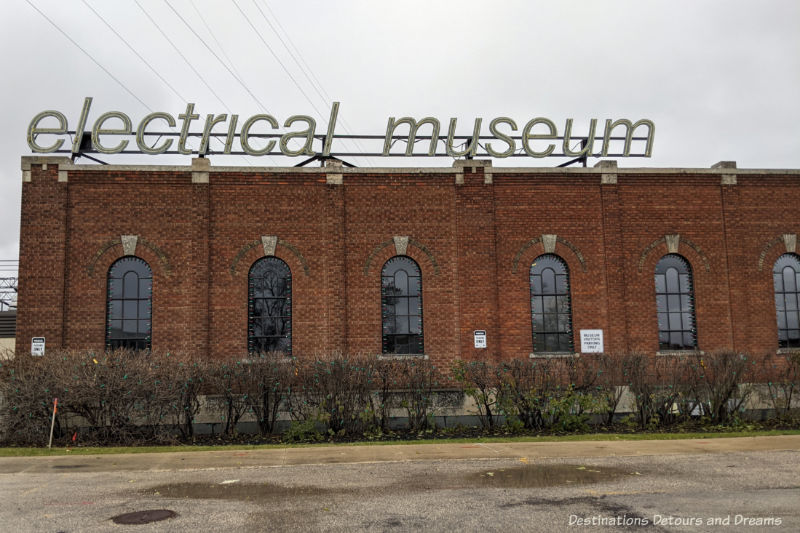
The Manitoba Electrical Museum follows the history of Manitoba’s electricity from the 1870s to the present and into the future
So much of what we do and how we live our lives in the developed world depends on electricity. We may not even realize how much we rely on it until something unusual happens to cause a power outage. Even a short outage can feel like a hardship. And yet, in the overall span of human history, electricity has not existed for very long. I was struck by how much we have come to rely on electricity in a relatively short period of time when I toured the Manitoba Electrical Museum in Winnipeg, Manitoba, Canada.
The Manitoba Electrical Museum is supported by volunteers. A volunteer guided me through the museum on my first visit. As a retired Manitoba Hydro worker, he was able to relate a few personal memories as he pointed out the various exhibits. The provincially-owned Manitoba Hydro company provides electricity for the entire province. It was formed in 1961. A series of privately owned and provincial or city-owned companies preceded that. A display near the front of the museum highlights the history of Manitoba’s electric and gas utilities. After the guide’s orientation, I explored the exhibits further on my own.
(Note: Photos in this come from two different visits a few years apart, but both visits occurred when I when a Christmas exhibit was ongoing. You will see Christmas ornaments mixed in with the permanent displays. For more information on the museum’s Christmas exhibit, which highlights the history of Christmas decorations and lights, see my post The History of Lighting the Christmas Tree.)
The history of electricity in Manitoba dates back to the 1880s when electric companies were formed and the first electric street lights were turned on in Winnipeg. Winnipeg saw its first electric street car in 1894. Most of the electricity produced in the late 19th century was used for street lighting, business lighting, and public transportation. Very little went to residential use. The early 1900s saw a period of growth in generating stations and the use of electricity.
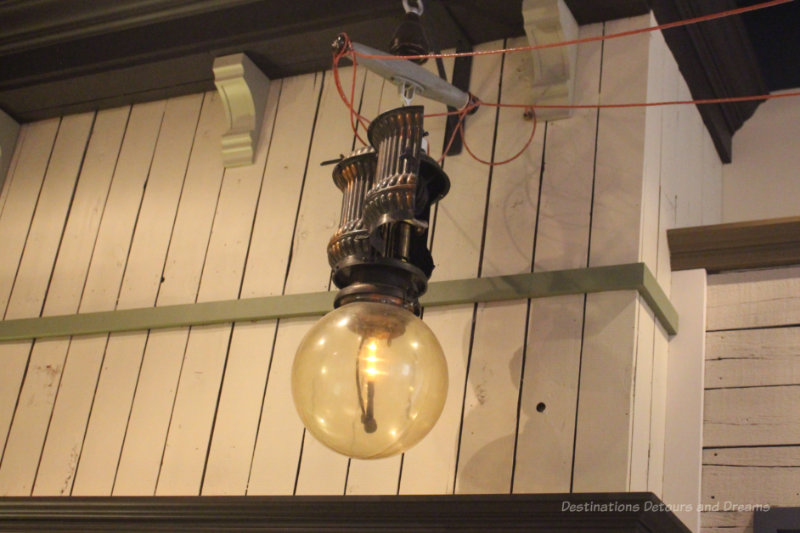
The museum has a special focus on the history of electricity within Manitoba, but displays also showcase the evolution of electricity and electrical appliances in general. Electricity was studied and discoveries made about it in the seventeenth and eighteenth centuries, but it was practical inventions in the late 1800s, such as the light bulb and electric streetcars, that led to rise of electricity powering everyday life.
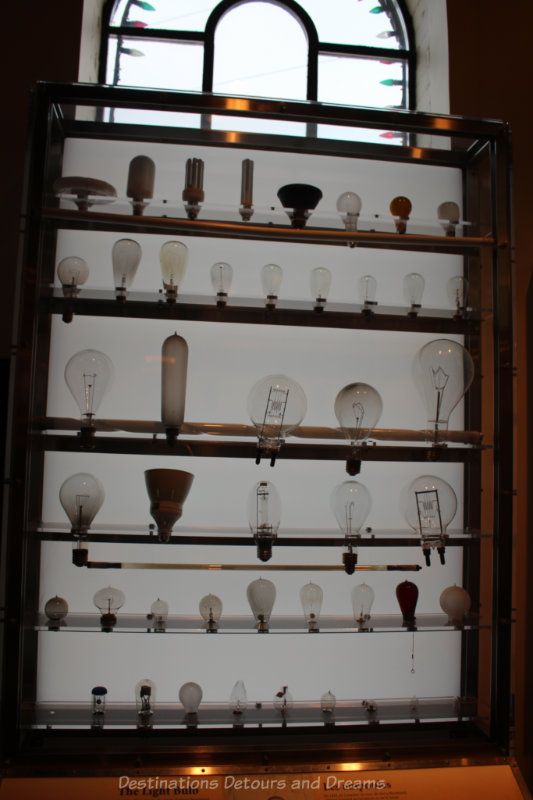
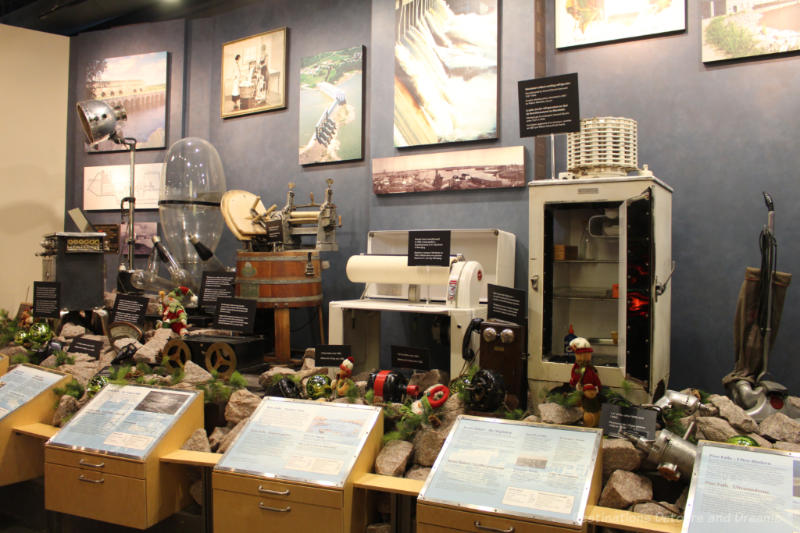
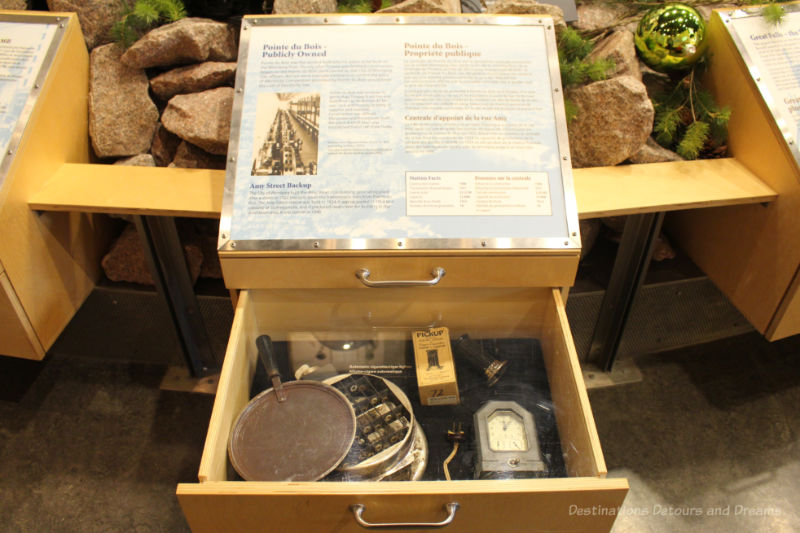
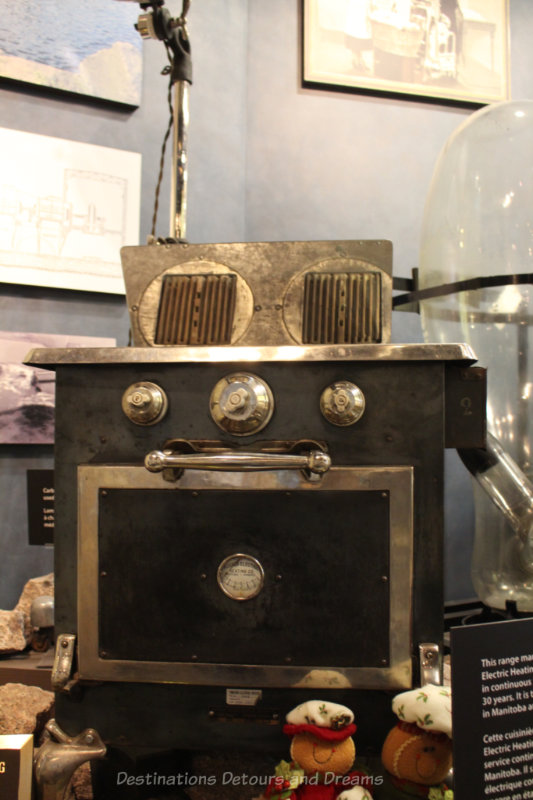
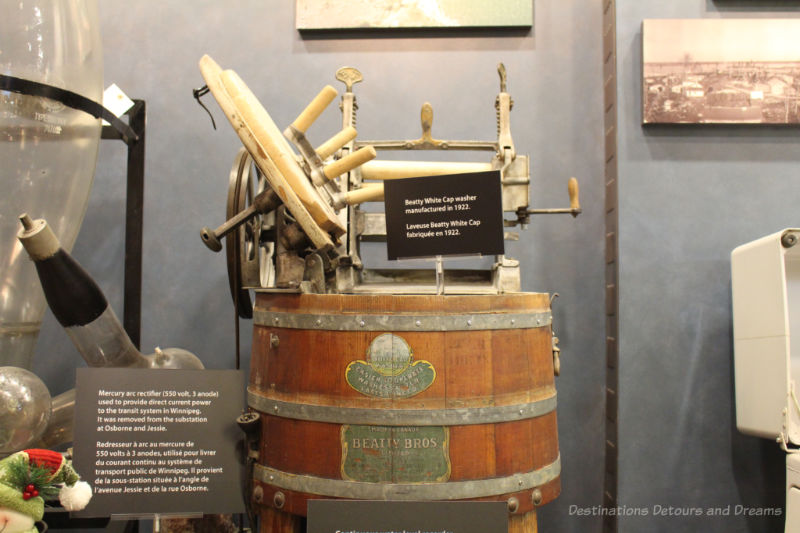
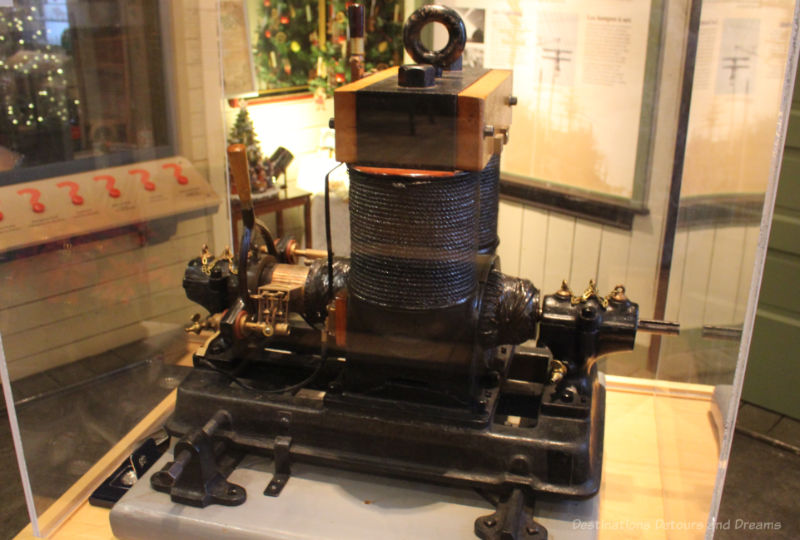
Although the early 1900s saw a period of growth in the use of electricity, this was still limited to the province’s two largest cities, Winnipeg and Brandon. Work done between 1920 and 1961 brought electricity to communities across the province. By 1939, 140 communities were connected. The connecting of communities across Manitoba still left a group in the dark – farmers. After the end of World War II in 1945, a farm electrification process got underway.
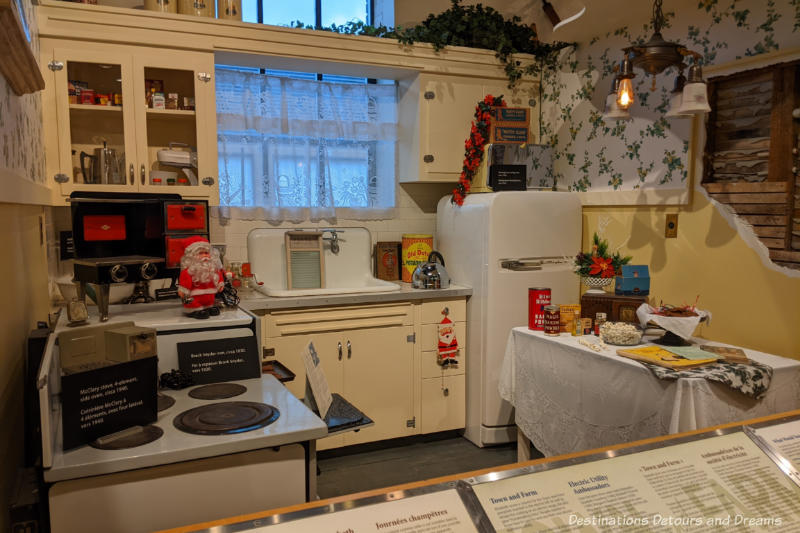
It was expensive to bring electricity to rural Manitoba. The power lines needed could circle the world nearly 1 ½ times. There had to be enough people buying enough electricity to pay for lines and stations. One of the ways electricity was promoted was through Field Days, in which a kitchen like the one in the above photo was set up at a host farmhouse. While a home economist promoted advantages of electricity in the kitchen to farmers’ wives, men from the Hydro company were outside demonstrating electric tools and equipment for the farm.
The first Manitoba Hydro economist hired in 1948 was named Elizabeth Goulding. In addition to her work at Field Days, she wrote a column for the Town and Farm pamphlet inserted in the electric bill. The column included recipes for cooking on an electric range and gave “homemaking hints.” The next two home economists (hired in 1949 and 1950) were also named Elizabeth. The name stuck and the job became known as “The Elizabeth.”
(Note that the Manitoba Electrical Museum Farm Kitchen is one of the places highlighted in my book 111 Places in Winnipeg That You Must Not Miss.)

As I went through displays showing how the various areas of the province became connected to the electrical grid, I became impressed with the amount of work involved. It really was a feat to bring power into people’s homes and businesses. Displays showcase the technical aspects and logistics involved with installing poles and laying wires to bring power to the province. You can listen to recordings of linemen and farmers relating their experiences and recollections circa 1946.
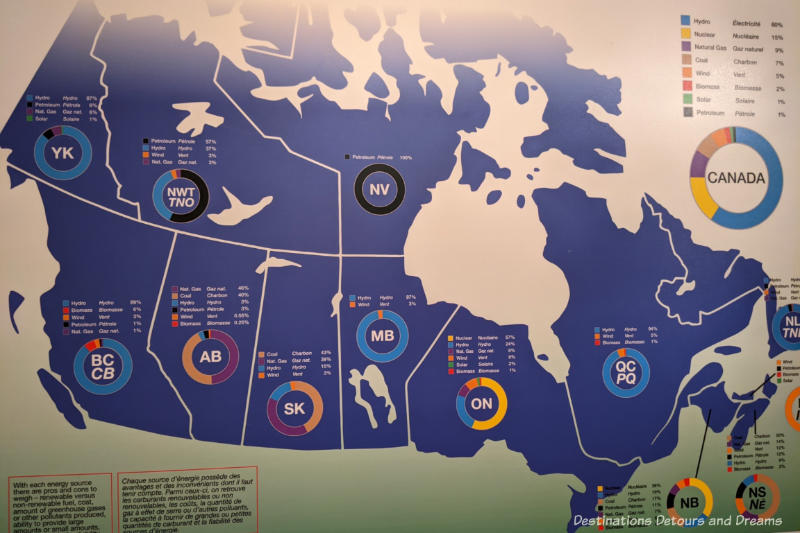
A map of Canada shows the sources of electricity by province. Although the first plants to make electricity in Manitoba used wood or coal as the energy source, today, 97% of Manitoba’s electricity is generated through hydropower. The other 3% is wind-generated. Exhibits at the museum explain how the various generating stations across the province were built and how they operate.
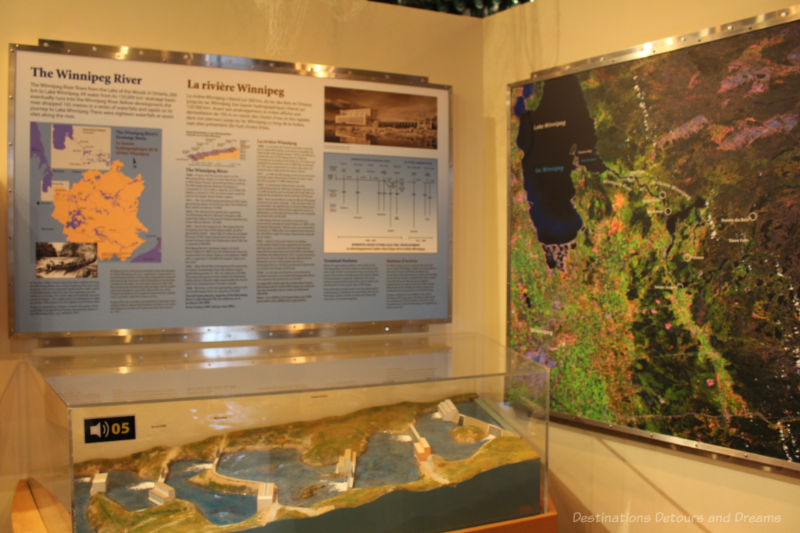
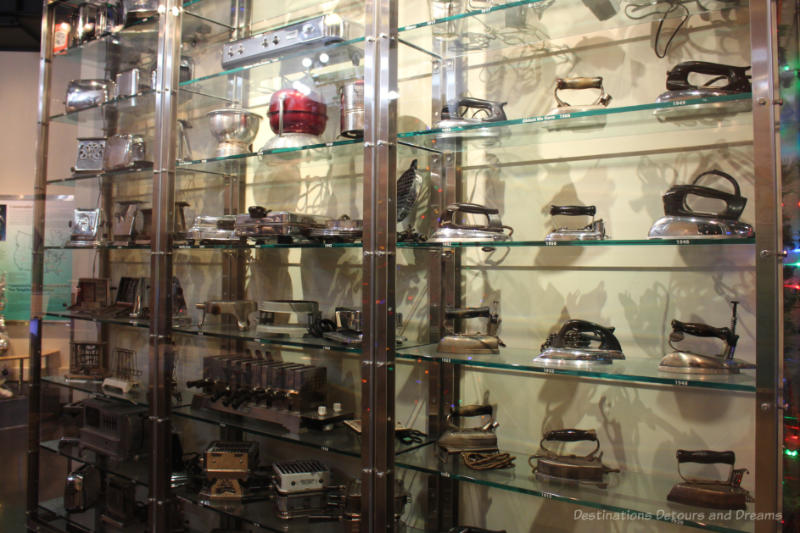
Displays in the basement highlight sustainable development, protecting wildlife habitats, reducing greenhouse gas emissions, and blending tradition Indigenous knowledge with western scientific methods.
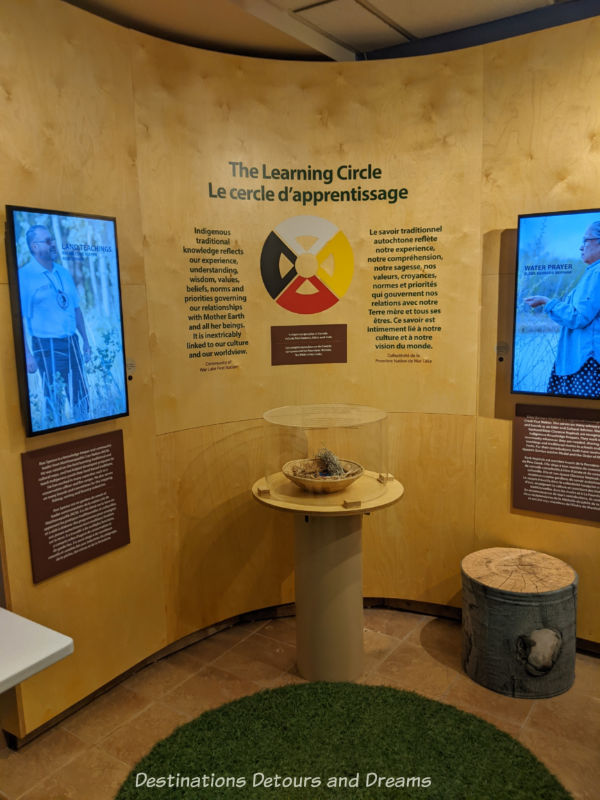
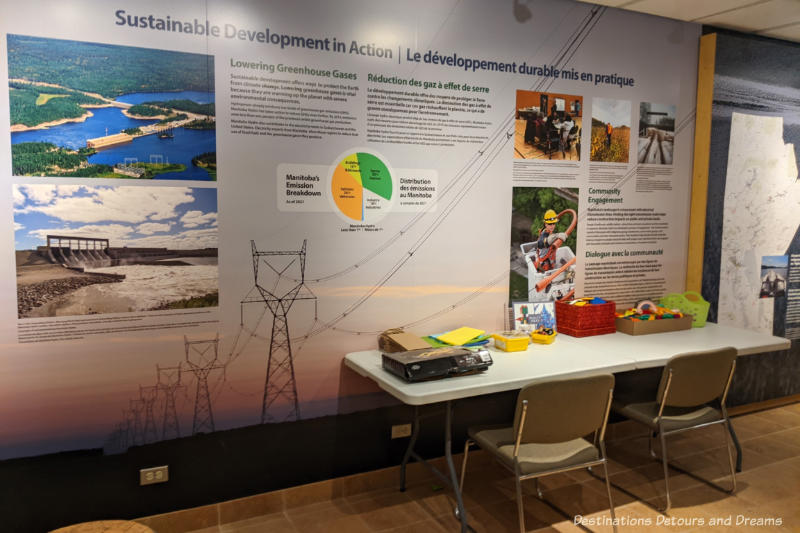

Panels along one wall in the basement provide information on legends of electricity, such as James Watt and Georg Simon Ohm for example.
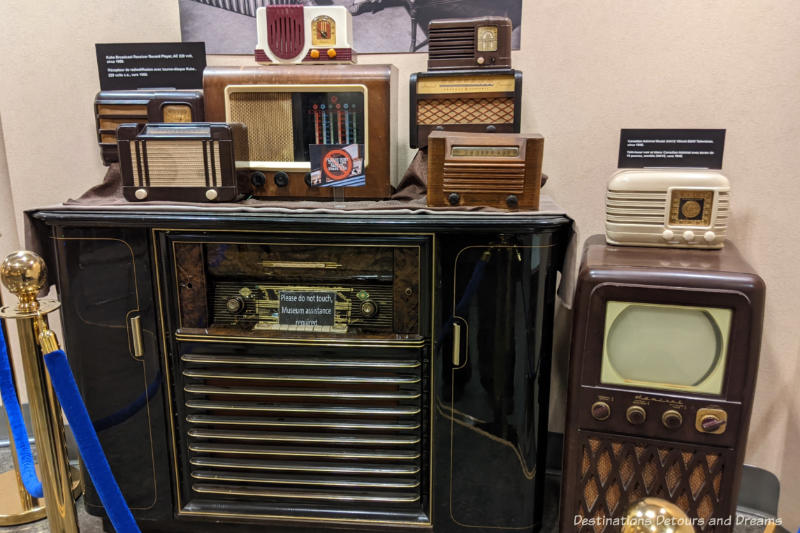
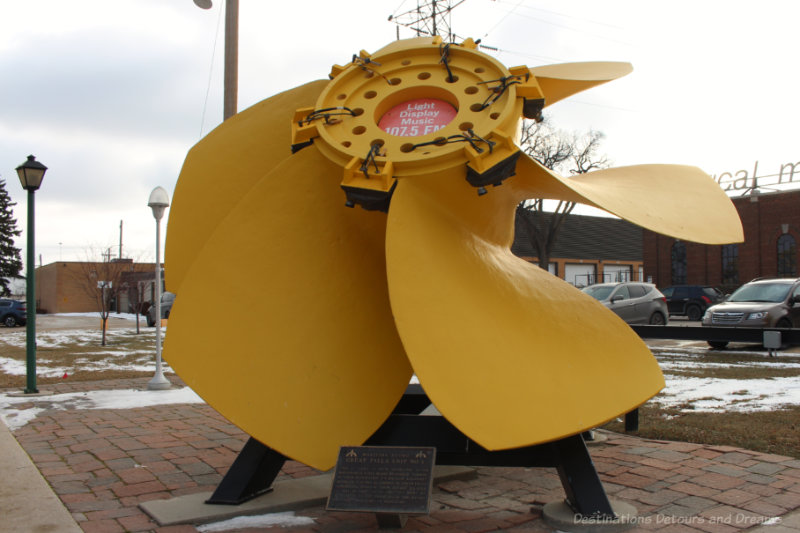
A 15-feet and 10-inch diameter, 28,000 horsepower fixed blade hydraulic turbine runner from generating station Great Falls Unit No. 5 is on display in the parking lot as a tribute to the pioneers of the hydroelectric industry in Manitoba.
The museum is not particularly large, but contains interesting and well put together displays. Some displays have engineering interest, others general history interest. Some displays may have more meaning to Manitobans, but there is enough of general interest to appeal to others as well. The museum is not open everyday, so check the website for hours.
Never miss a story. Sign up for Destinations Detours and Dreams free monthly e-newsletter and receive behind-the-scenes information and sneak peeks ahead.
PIN IT
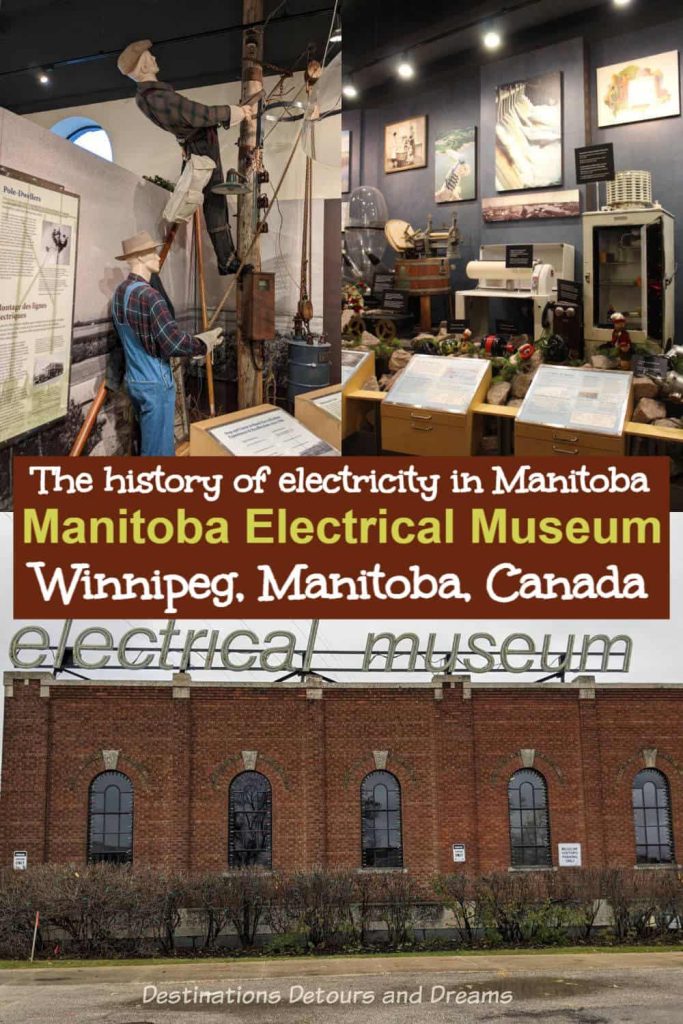
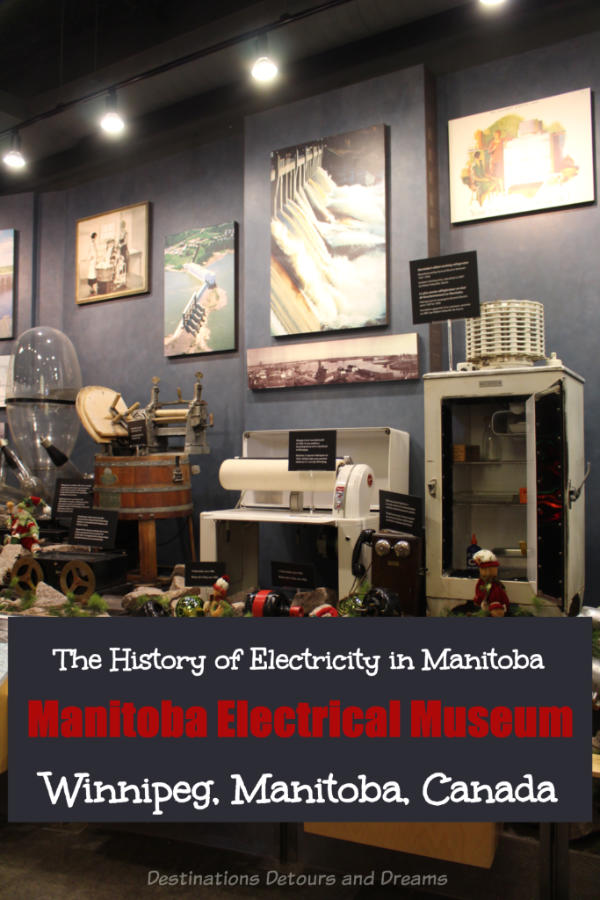

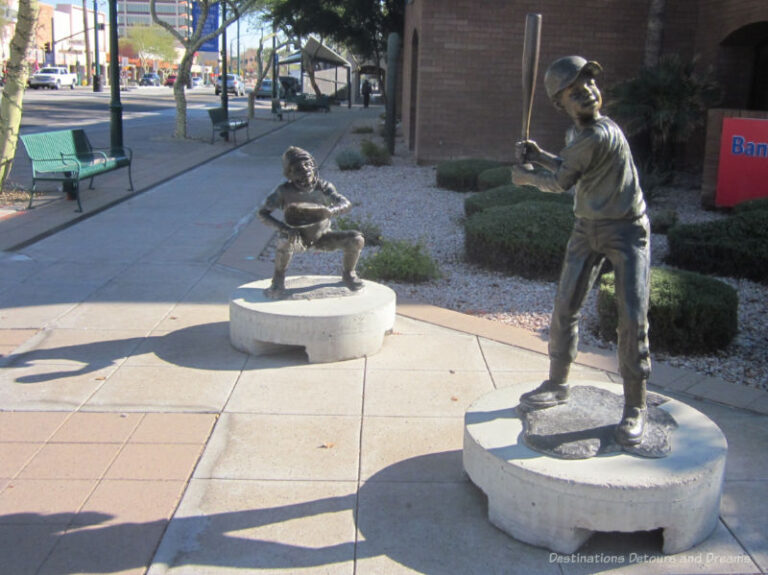
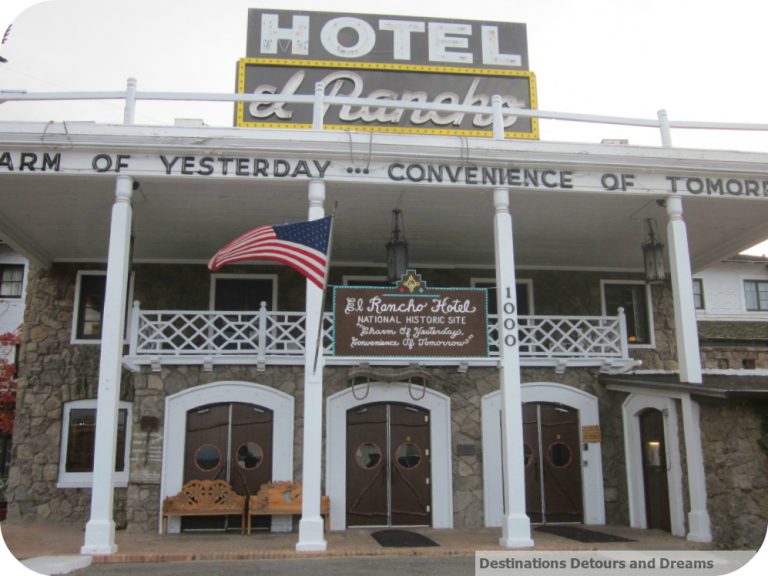
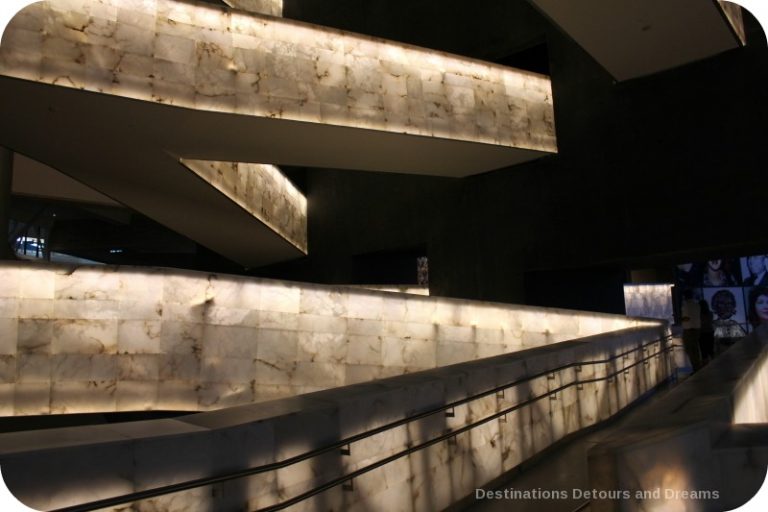
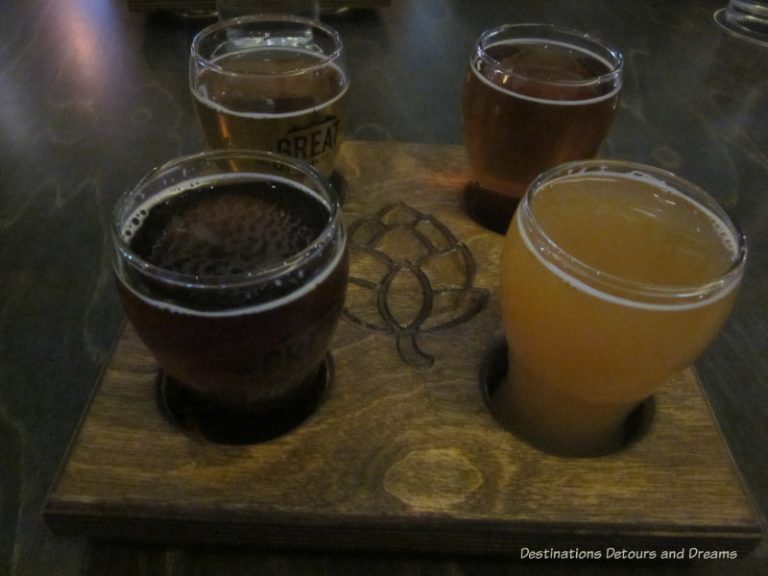
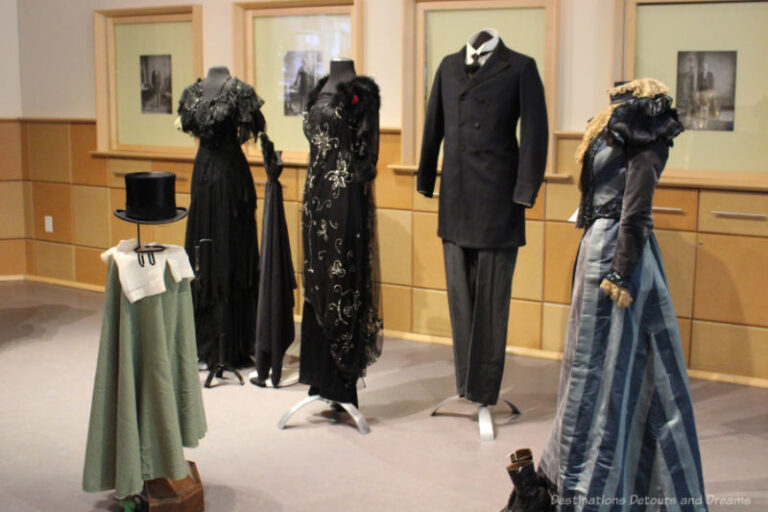

Some pretty interesting stuff. Liked the 1911 electric range. I guess if you were used to cooking over fire that range would have seemed pretty miraculous.
Ken, I guess the stoves before that in Manitoba would have been mostly wood-burning stoves. I don’t know how much control over temperature one had and you’d need to keep the fire in the wood compartment going. These stoves would have been common in rural areas until the second half of the century. I do remember seeing at least one when I was a child.